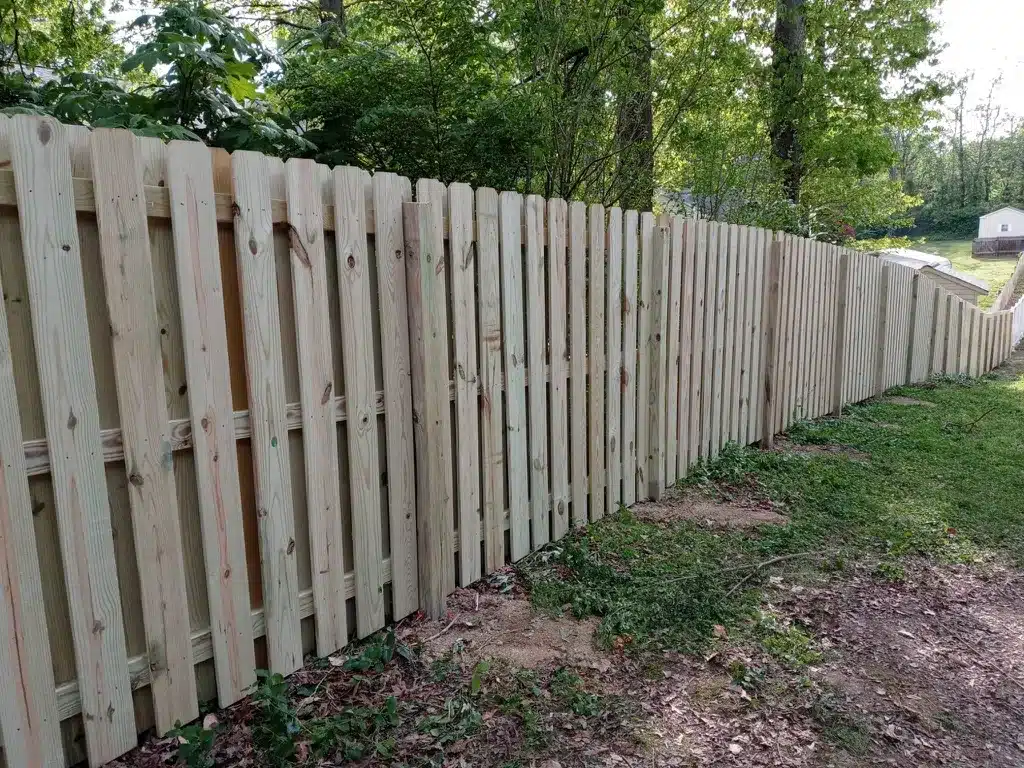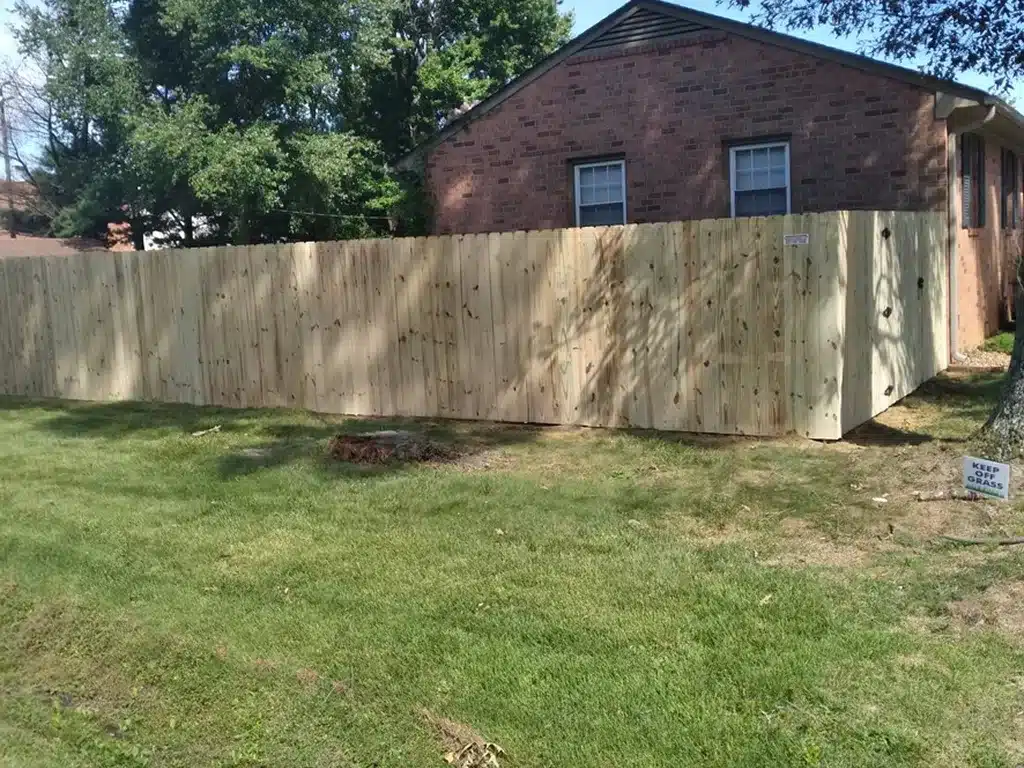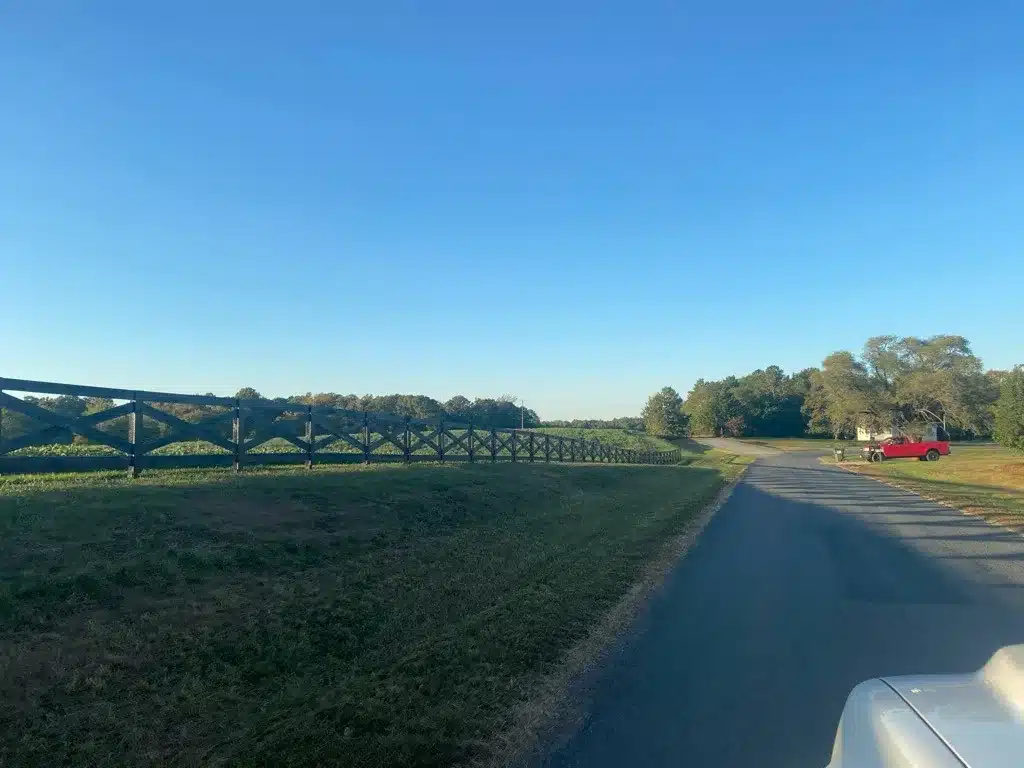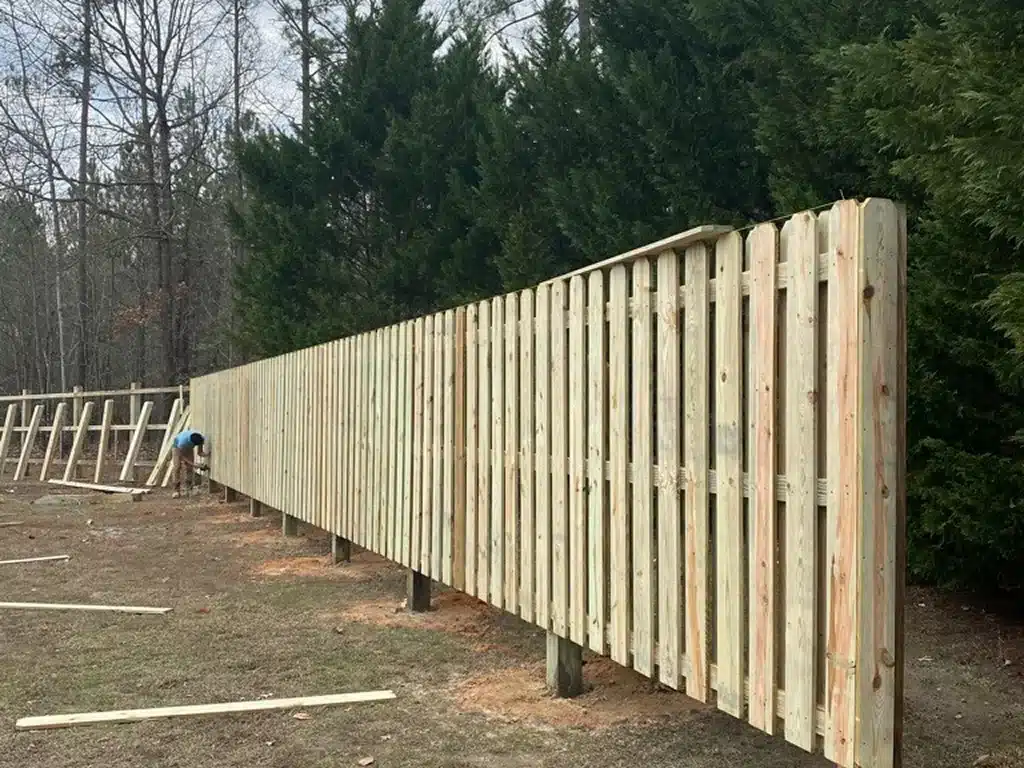Richmond’s weather puts every fence to the test — from humid summers and sudden downpours to freezing winter shifts that can loosen posts and warp panels. Even the strongest fences in neighborhoods like Forest Hill, Westover Hills, or Manchester need consistent care to stay sturdy and safe.
Maintaining your fence isn’t just about curb appeal — it’s about protecting your investment and avoiding costly repairs. That’s why fence installation and maintenance in Richmond, VA aren’t only for new builds. With the right upkeep plan, you can extend your fence’s lifespan and keep it looking great through every season. Below is your simple, local guide to keeping your fence strong all year long.
The Climate Factor

Richmond is in a climate pocket formed by the James River basin. Here, humidity and temperature changes challenge even the toughest materials. The area experiences long periods of moisture and heavy summer rain. In winter, sharp freeze-thaw cycles occur. These conditions can warp, rust, or weaken fences over time.
According to Richmond climate data from the National Weather Service, the city averages nearly 44 inches of rain annually, with humidity often topping 70%. Spring pollen coats every surface in yellow dust, while autumn storms bring sudden gusts that loosen gates and posts. Understanding how these conditions interact with wood, vinyl, metal, and concrete is the first step to smart maintenance.
The Year-Round Fence Maintenance Calendar
Every season carries its own challenges. Here’s how to stay one step ahead, month by month, without letting the weather win.
Winter (December – February): Surviving the Freeze
Cold air and fluctuating soil moisture make winter the season of silent damage. Clay-heavy ground near Chippenham Parkway and Westover Hills expands as it freezes, pushing fence posts upward. Then it contracts as temperatures rise, leaving gaps or a subtle lean that worsens by spring.
Clear snow and debris from around your fence bases to prevent rot. Check for frost heave—small shifts that can turn into full tilts—and spray metal hardware with an anti-rust coating. Homeowners in shaded Woodland Heights lots should pay extra attention, as those yards hold frost longer than most.
Spring (March – May): The Pollen & Prep Season
When pollen hits, it hits hard. By late March, wood and vinyl fences from The Fan District to Midlothian often show a yellow tint. Beyond looks, this buildup traps moisture, encouraging mildew and stains that shorten a fence’s lifespan.
Rinse or gently pressure-wash your fence with mild detergent—avoid high pressure on vinyl seams. Once dry, re-stain or seal wood sections before the summer humidity rolls in. Spring is also the ideal time to review local rules if you plan upgrades or replacements; check out our HOA fence approval guide in Richmond for insights on what typically gets approved.
A little spring prep saves you from major mid-summer headaches.
Summer (June – August): Heat, Humidity & Storm Defense
Long, humid days and sudden storms put every fence to the test. In areas like Manchester and Byrd Park, thick vegetation traps moisture against wood, while UV exposure fades paint and sealants.
Tighten loose hardware and check gate hinges for swelling. Apply a UV-resistant finish on wood fences and wash vinyl surfaces to keep mildew from setting in. Near the James River, morning dew lingers well past sunrise—wipe down metal railings regularly to stop rust before it starts.
Vinyl expands slightly under July heat, so leave a bit of flexibility when refastening panels. Concrete bases should be checked for cracks or water pooling; those early fixes prevent frost damage later.
Fall (September – November): Reseal, Reinforce & Ready for Rain

Autumn in South Richmond often brings the tail end of coastal storms. Heavy rain can loosen soil, and sudden temperature drops put older finishes to the test. Start the season by clearing fallen leaves and trimming shrubs that press against fence boards.
Check for leaning posts or lifted concrete pads—especially in backyards that slope toward drainage ditches. Reseal or repaint wood fences once humidity dips below 60%, giving finishes time to cure before winter moisture sets in.
Fall is also an ideal time to schedule professional help. With mild weather and less rainfall, coatings dry faster, hardware stays secure, and you’ll step into winter knowing your fence is prepared.
Fence-Specific Maintenance Tips

Every fence material reacts differently to Richmond’s climate, and knowing those differences can extend your fence’s lifespan.
Wood Fences: Re-seal or stain yearly. Avoid direct soil contact at the base—install gravel or a concrete footer to improve drainage. After humid months, watch for warping or surface mildew.
Vinyl Fences: Clean twice a year using gentle soap and a soft brush. Inspect post caps and connection joints after extreme heat to prevent cracking.
Metal Fences: Apply rust inhibitor every six months, focusing on fasteners and gate hinges. A fresh coat of paint every two years helps block moisture.
Concrete Posts or Bases: Check for small cracks near Forest Hill Avenue where ground runoff collects. Reseal during dry fall weather for the best results.
When to Call the Pros
Even the best-maintained fence in Richmond sometimes needs professional attention. If your fence leans, shifts after a storm, or shows deep cracks at the base, it’s time to call experts familiar with the city’s unique soil and weather conditions.
While DIY fixes might seem tempting, structural realignment requires precision—especially in clay soil that doesn’t settle evenly. A professional fencing crew can reset posts, re-anchor gates, and ensure long-term stability.
Don’t wait—schedule your inspection before the next storm season hits.
Keep Your Fence Standing Tall

From the icy edges of Chesterfield County to the humid air near Henrico, every Richmond fence faces the same story: weather that never sits still. With consistent upkeep, your fence can stay straight, strong, and beautiful year after year.
At Dubon Fencing & Polish Concrete, we’ve built and maintained fences across the region long enough to know what lasts. From repairing frost-damaged posts to sealing wood for storm season, our team blends skill with local know-how to protect your property from the ground up.
Ready to give your fence a season-proof plan? Call (804) 402-9980 or reach out to us to schedule maintenance or a free inspection.
No matter the season, your fence should stand strong and with Dubon, it will.
Frequently Asked Questions
How do clay soils affect fences throughout the year?
Clay expands with moisture in winter and shrinks in summer’s heat, which can loosen posts or warp panels. Setting posts deeper and reinforcing with concrete helps maintain year-round stability.
Should fence maintenance in Richmond be done before or after major storms?
Both. Pre-storm inspections keep your fence anchored; post-storm inspections reveal damage. After heavy rain or wind in Manchester or Forest Hill, look for leaning sections, washed-out bases, or rust on fasteners.
Do temperature swings between seasons damage vinyl or composite fences?
They can. Sudden shifts cause expansion and contraction, which stresses joints and connectors. Using flexible vinyl fittings and annual tightening minimizes wear.
How can I prepare my fence for unpredictable weather between seasons?
During transitional months—February to March and October to November—inspect posts, reseal wood, and clear debris. These short tune-ups catch small issues before the next season’s extremes cause lasting damage.
